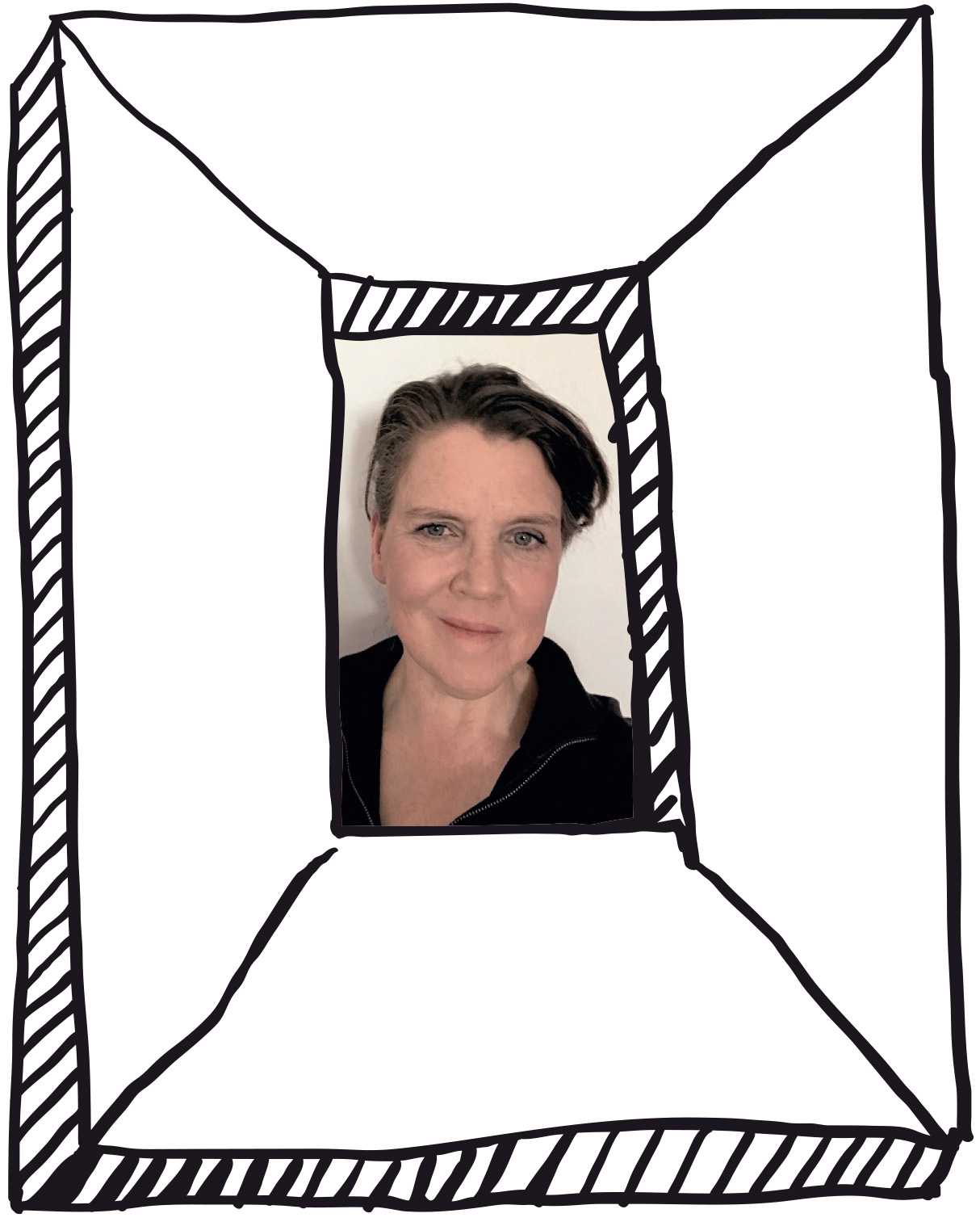Cat Macaulay – chief design officer, Scottish Government, Edinburgh
When and why did you join the civil service?
 I joined in 2014 after a 20+ year career in business, the third sector, international aid, and academia. I’d had colleagues who’d joined GDS and was intrigued to discover that design was becoming a “thing” in government. I firmly believe design is an important way of thinking about and solving problems of value in any democracy. The opportunity to understand how it might add value in the Scottish Government was too good to pass up.
I joined in 2014 after a 20+ year career in business, the third sector, international aid, and academia. I’d had colleagues who’d joined GDS and was intrigued to discover that design was becoming a “thing” in government. I firmly believe design is an important way of thinking about and solving problems of value in any democracy. The opportunity to understand how it might add value in the Scottish Government was too good to pass up.
What do you do and how does it help citizens?
The heart of my job is designing how we “do” design in the Scottish Government and promoting that across Scotland. A big focus within that is ensuring the people of Scotland have the right opportunities and support to participate in designing the services they need. That co-design is essential if we are to both design the right services and design those services right. Design fails when the first part is rushed, which it often is: we impatient humans have an awful tendency to assume we know what “the problem” is.
"Co-design with citizens is essential if we are to both design the right services and design those services right"
What’s a surprising thing about your role?
The thing that has surprised me is how much we need to work at the policy end of government not just the delivery end. It shouldn’t have surprised me, of course, as one way of thinking about what policymaking produces is a design brief for an intervention in society.
How did your role change over the pandemic?
I had my first experience of setting up a major programme – Connecting Scotland. I usually support the design parts of programmes rather than set them up myself! Digital exclusion is a critical design issue for public services design, made even more acute for people and the public services trying to reach them during the pandemic. So I initiated a programme which now has brought online 60,000 of Scotland’s c. 350,000 digitally excluded households who were particularly impacted by the pandemic.
What makes working for the Scottish Government unique compared with other organisations?
Part of what inspired me to join was the Scottish Approach to Government. It has three key principles – build on strengths, make change with people not simply for them, and embrace continuous improvement. As a designer it was a philosophy about how government should operate that felt very familiar. I am sure it’s part of why the Scottish Government has a chief design officer – something pretty rare in the government world. It also underpins the Scottish Government’s National Performance Framework which sets out the outcomes we want to achieve as a country. One of the NPF’s values is we treat all our people with kindness, dignity and compassion, which has become a routine and important design question our teams ask. Most recently it has underpinned work to design Scotland’s social security system, and customer feedback suggests we are living up to that value.
This profile is part of a series looking at the huge diversity of people and roles that make up the modern civil service. Read more here